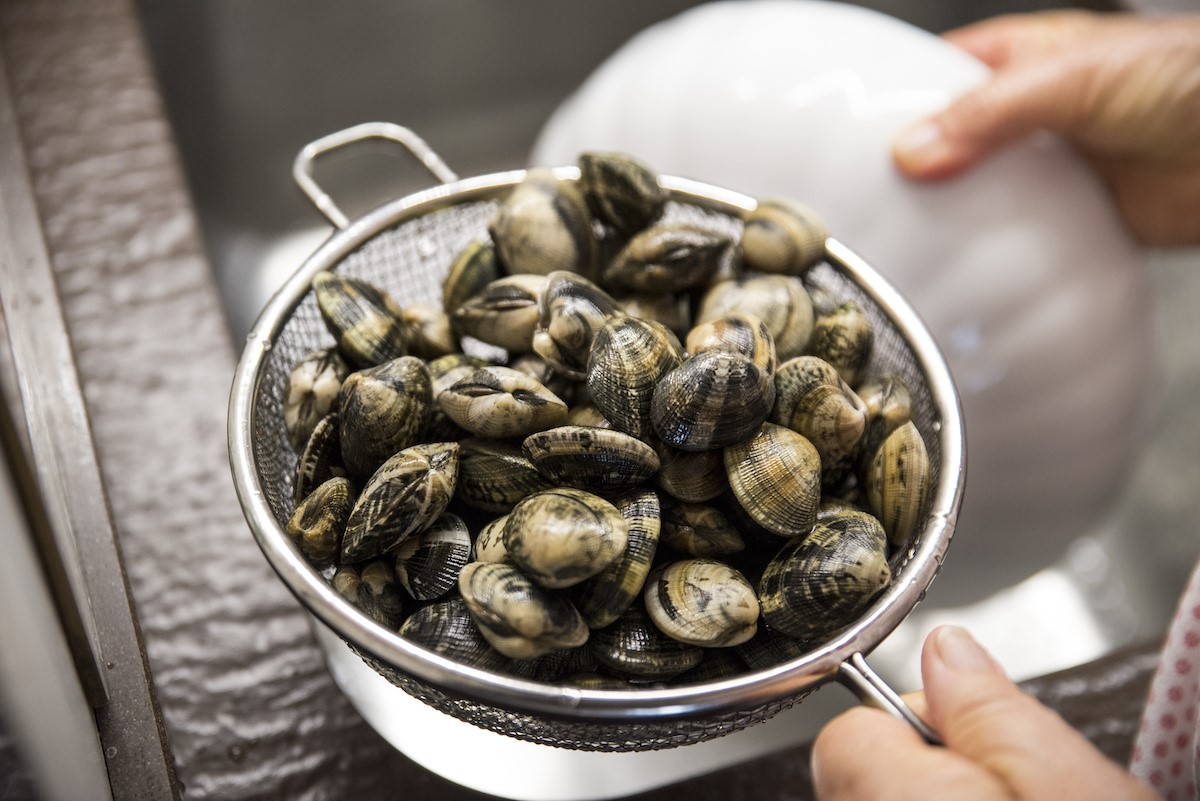

Articles
How To Store Clams In Freezer
Modified: February 28, 2024
Learn how to store clams in the freezer with our helpful articles. Keep your clams fresh and delicious for future use.
(Many of the links in this article redirect to a specific reviewed product. Your purchase of these products through affiliate links helps to generate commission for Storables.com, at no extra cost. Learn more)
Introduction
Clams are a popular seafood delicacy enjoyed by many seafood lovers around the world. Their delicate and briny flavor adds a unique touch to various dishes, ranging from soups and chowders to pastas and stir-fries. However, clams are highly perishable and can spoil quickly if not handled properly. That’s why storing clams in the freezer is a great way to extend their shelf life and enjoy them anytime.
Freezing clams not only helps to preserve their freshness but also provides a convenient way to have them on hand whenever you crave a clam-based meal. Whether you want to stock up on fresh clams when they are in season or have leftovers from a seafood feast, freezing is an excellent option to prevent them from going to waste.
In this article, we will explore the reasons why storing clams in the freezer is beneficial, as well as the proper methods for preparing, packaging, and freezing clams. We will also provide guidelines on how to thaw and use frozen clams effectively to ensure a delicious culinary experience.
By following these steps, you can enjoy the flavors of fresh clams throughout the year, even if they are not readily available in your local market. Let’s dive in and discover the art of storing clams in the freezer!
Key Takeaways:
- Enjoy the flavors of fresh clams year-round by freezing them. Proper preparation, packaging, and storage techniques ensure optimal quality and convenience for creating delicious seafood dishes anytime.
- Freezing clams preserves their delicate flavor and texture, providing a convenient solution for preventing spoilage and enjoying a broad range of culinary creations. Thaw and use frozen clams effectively to elevate your dishes with their unique taste.
Read more: How To Store Clams
Why Store Clams in the Freezer?
Storing clams in the freezer offers several benefits that make it an ideal method for preserving their freshness and extending their shelf life. Here are some compelling reasons why you should consider freezing clams:
- Prolongs Freshness: Clams have a limited shelf life, and their quality deteriorates rapidly once they are harvested. Freezing clams suspends the natural enzymatic activity and bacterial growth, effectively preserving their taste, texture, and overall freshness for an extended period.
- Convenient Preservation: If you come across a great deal on fresh clams or have leftovers from a seafood feast, freezing allows you to store the clams for a later date instead of letting them go to waste. This not only saves you money but also ensures that you always have clams on hand to create delicious seafood dishes.
- Year-Round Availability: Clams are often available seasonally, making it challenging to enjoy them throughout the year. By freezing clams when they are abundant, you can have access to this delightful seafood delicacy regardless of the season.
- Prevents Spoilage: Clams are highly perishable and can spoil quickly if not handled properly. Freezing them at the right time prevents bacterial growth, reduces the risk of spoilage, and helps maintain their quality until you are ready to thaw and use them.
- Broad Range of Culinary Uses: Having frozen clams allows you to experiment with various clam-based recipes. Whether you wish to create a flavorful clam chowder, a mouthwatering pasta dish, or a delectable stir-fry, frozen clams provide the flexibility to showcase their unique flavors in a variety of culinary creations.
Overall, freezing clams is an effective method to preserve their freshness, ensure year-round availability, prevent spoilage, and unlock a world of culinary possibilities. By taking the time to properly prepare and store clams in the freezer, you can enjoy their delightful taste and texture whenever the craving strikes.
Preparing Clams for Freezing
Properly preparing clams before freezing is crucial to ensure their quality and taste are preserved. Follow these steps to prepare clams for freezing:
- Fresh Clams: Start with fresh, high-quality clams. Look for clams that are tightly closed or slightly open. Discard any clams that are cracked, damaged, or do not close when lightly tapped.
- Cleaning: Rinse the clams under cold running water to remove any sand or grit on the shells. Use a stiff brush to scrub the shells gently, especially around the hinge area and where the shells meet.
- De-bearding: Some clams may have a tough, fibrous beard protruding from the shell. To remove it, firmly grasp the beard near the hinge and pull it downward towards the tip of the shell. If the beard is stubborn, use a small knife to cut it off.
- Chilling: Place the cleaned clams in a container or bowl filled with cold water. Add salt to the water to mimic the salinity of their natural habitat. Let the clams soak in the saltwater solution for 20-30 minutes. This process helps purge any remaining sand or impurities.
- Final Rinse: After the soaking period, transfer the clams to a colander and rinse them under cold running water once again to remove any residual dirt or grit.
- Inspecting: Before freezing, inspect the clams once more to ensure that they are fresh and healthy. Discard any clams that are open or have a strong, unpleasant odor, as this indicates spoilage.
Once the clams are properly cleaned and inspected, you can proceed to the next steps: choosing a freezing method and preparing them for storage. Remember, it is crucial to freeze the clams as soon as possible after cleaning to maintain their quality and minimize the risk of microbial growth.
Methods for Storing Clams in the Freezer
There are a few different methods you can utilize to store clams in the freezer, depending on your preference and the intended use of the clams. Here are three common methods:
- Whole Shell Method: This method involves freezing the clams in their shells. It is the simplest method and works well if you plan to use the clams in soups, chowders, or stews. Rinse the clams and place them in a freezer-safe container or bag. Ensure the container or bag is sealable and airtight to prevent freezer burn. Label the container with the date and freeze. When ready to use, thaw the clams in the refrigerator overnight or under running water.
- Shucked Method: Shucking the clams means removing them from their shells before freezing. This method is ideal if you prefer to have the clams ready-to-use without the hassle of shelling them later. Start by shucking the clams, discarding any damaged or open ones. Rinse the shucked clams under cold water to remove any debris. Place the shucked clams in a freezer-safe container, ensuring they are fully submerged in their own juices or a clam broth. Seal the container tightly, leaving a small headspace for expansion during freezing. Label the container and freeze. Thaw shucked clams in the refrigerator overnight when you are ready to use them.
- Cooked Method: Cooking clams before freezing is another option, especially if you want to enjoy them in specific cooked dishes. Clean and steam the clams until they open up. Discard any clams that do not open. Remove the clams from their shells and allow them to cool completely. Once cooled, transfer the cooked clams to a freezer-safe container or bag. Add a little of the cooking liquid or broth to the container before sealing it tightly. Label the container and freeze. Thaw cooked clams in the refrigerator and use them in your desired recipe.
Choose the method that best suits your needs and the type of clam dishes you enjoy. Each method offers its own advantages, so feel free to experiment and find the one that works best for you.
Remember to follow proper food safety guidelines throughout the preparation and storage process to maintain the quality and safety of the clams.
To store clams in the freezer, first clean and rinse them thoroughly. Then place them in a resealable plastic bag, removing as much air as possible before sealing. Label the bag with the date and store in the coldest part of the freezer for up to 3 months.
Proper Packaging for Frozen Clams
Properly packaging frozen clams is essential to maintain their quality, prevent freezer burn, and ensure they remain safe for consumption. Here are some guidelines for packaging frozen clams:
- Choose the Right Containers: Use freezer-safe containers or bags specifically designed for freezer storage. These containers should be airtight and durable to protect the clams from exposure to air and moisture.
- Consider Portion Sizes: Package the clams in portion sizes that align with your intended use. This makes it more convenient to thaw and use only the amount you need at any given time, minimizing waste.
- Leave Head Space: When filling containers or bags, leave some head space to allow for expansion as the clams freeze. As liquids expand, it can cause containers to crack or burst if they are filled to the brim.
- Remove Air: If using freezer bags, try to remove as much air as possible before sealing. Squeeze out excess air or use a vacuum sealer to create a tight seal and minimize the presence of oxygen in the packaging.
- Label the Packaging: Clearly label the packaging with the date of freezing to keep track of the clams’ freshness. You can also label the packaging with the type of clams and any additional information you find helpful.
- Clam Broth or Liquid: If using the shucked or cooked method, adding some of the clam broth or liquid to the packaging can help preserve the clams’ flavor and moistness.
- Double Packaging: For an extra layer of protection against freezer burn, you can opt to double-package the clams. Place the packaged clams inside a second bag or container to create a barrier against air and moisture.
Remember to always follow proper food safety guidelines when handling and packaging clams. Wash your hands thoroughly before handling the clams, ensure all containers and utensils are clean, and work in a clean and sanitized environment to minimize the risk of contamination.
By properly packaging your frozen clams, you can maintain their quality, protect them from freezer burn, and ensure they are safe to consume for an extended period.
Read more: How To Store Cooked Clams
Guidelines for Freezing and Thawing Clams
Freezing and thawing clams properly is essential to ensure their texture, flavor, and quality are preserved. Follow these guidelines for optimal results:
- Freezing Guidelines:
- Freeze clams as soon as possible after cleaning or cooking to maintain their freshness.
- Ensure the clams are properly packaged in airtight, freezer-safe containers or bags to prevent exposure to air and moisture.
- Label the packaging with the date of freezing to keep track of their freshness. Use the oldest clams first to prevent freezer burn.
- Place the packaged clams in the coldest part of the freezer, away from other strong-smelling foods to avoid flavor transfer.
- Keep the freezer temperature at or below 0°F (-18°C) to maintain the quality of the clams.
- Frozen clams can generally be stored in the freezer for up to 3 months, but for the best quality, consume them within 1 to 2 months.
- Thawing Guidelines:
- Thaw clams safely in the refrigerator overnight. Place the sealed container or bag in the refrigerator, allowing the clams to thaw gradually.
- Avoid thawing clams at room temperature or under warm water, as this can lead to a loss of moisture and potential bacterial growth.
- If you need to thaw clams quickly, you can use the cold water thawing method. Place the sealed container or bag in a bowl of cold water. Change the water every 30 minutes to maintain a cold temperature. However, it is still recommended to thaw in the refrigerator for the best quality.
- Once thawed, use the clams immediately. Do not refreeze previously frozen clams, as this can affect their quality and potentially lead to foodborne illness.
Following these freezing and thawing guidelines will help ensure that your clams retain their flavor, texture, and quality when they are ready to be used. Proper handling and storage techniques are crucial in maintaining the integrity of the clams throughout the freezing and thawing process.
Tips for Using Frozen Clams
Using frozen clams in your culinary creations can be a convenient way to enjoy their delicious flavors all year round. Here are some helpful tips for making the most out of your frozen clams:
- Thawing Properly: Thaw frozen clams in the refrigerator overnight or using the cold water thawing method. Avoid thawing at room temperature or using warm water, as this can lead to loss of moisture and compromise the texture of the clams.
- Seasoning and Flavoring: Frozen clams may not retain their briny flavor as strongly as fresh clams. Enhance their taste by using flavorful seasonings, herbs, and spices in your recipes. This will help bring out their natural flavors and make your dishes even more delectable.
- Recipe Adaptation: Adjust cooking times and techniques when using frozen clams compared to fresh clams. Since frozen clams are already partially cooked during the freezing process, they may require less cooking time. Keep an eye on the texture and doneness of the clams as you cook them to avoid overcooking.
- Broth and Liquid Usage: If you have frozen clams with the clam broth or cooking liquid, incorporate that flavorful liquid into your recipes. It can add depth and richness to soups, stews, and sauces.
- Versatile Culinary Applications: Frozen clams can be used in a wide range of dishes, such as clam chowder, pasta dishes, stir-fries, and seafood stews. They provide a convenient and flavorful way to savor the taste of fresh clams, even when they are not readily available.
- Quantity Adjustment: Use the appropriate amount of frozen clams for your recipes. Keep in mind that frozen clams might have slightly different measurements compared to fresh clams. Adjust the quantity accordingly to ensure the desired clam-to-other ingredient ratio in your dishes.
- Texture Considerations: Frozen clams may have a slightly softer texture compared to fresh clams. While cooking, be mindful not to overcook them, as this can result in a mushy consistency. Aim for a tender yet slightly firm texture to maintain their natural appeal.
- Pairing with Complementary Ingredients: Experiment with different flavors and ingredients that complement the taste of clams. Garlic, shallots, lemon juice, white wine, and fresh herbs like parsley or thyme can all enhance the flavors of your clam-based dishes.
- Storage Time: Consume frozen clams within 1 to 2 months for optimal quality. Pay attention to the storage time to ensure the best flavor and freshness.
By following these tips, you can make the most out of your frozen clams and create delightful dishes that showcase their unique flavors. Explore different recipes, experiment with seasonings, and enjoy the convenience of having clams readily available in your freezer.
Conclusion
Storing clams in the freezer is a fantastic way to extend their shelf life, ensuring that you can enjoy these delectable shellfish year-round. Freezing clams properly preserves their freshness, prevents spoilage, and provides a convenient solution for storing excess clams or taking advantage of seasonal availability. Whether you choose to freeze whole clams in their shells, shucked clams, or cooked clams, following proper techniques and guidelines is essential to maintain their flavor and texture.
The process begins with thorough cleaning and inspection of the clams to ensure they are fresh and free from any defects or spoilage. Proper packaging in freezer-safe containers or bags, with the appropriate portion sizes, is crucial to prevent freezer burn and maintain optimal quality. Labeling the packaging with the freezing date allows for efficient rotation, using the oldest clams first. Thawing clams using safe methods such as refrigeration or cold water thawing helps to preserve their moisture and taste.
When using frozen clams in your culinary creations, be mindful of adjusting cooking times, flavors, and recipes to accommodate the slightly different texture of frozen clams compared to fresh ones. Incorporate flavorful seasonings, herbs, and spices to enhance the taste, or utilize the clam broth or cooking liquid for added depth. Be adventurous with various dishes, such as chowders, pastas, stir-fries, and stews, to fully enjoy the versatility of frozen clams.
Remember to consume frozen clams within the recommended storage time to ensure optimal quality and taste. By properly storing, preparing, and using frozen clams, you can savor the flavors of this seafood delicacy whenever you desire, regardless of seasonal availability.
So, whether you’re craving a comforting clam chowder on a chilly winter evening or a zesty linguine alle vongole on a hot summer day, freezing clams allows you the freedom to enjoy these delightful shellfish whenever the mood strikes. With the right techniques and a little creativity, frozen clams can continue to tantalize your taste buds and elevate your culinary creations throughout the year.
Frequently Asked Questions about How To Store Clams In Freezer
Was this page helpful?
At Storables.com, we guarantee accurate and reliable information. Our content, validated by Expert Board Contributors, is crafted following stringent Editorial Policies. We're committed to providing you with well-researched, expert-backed insights for all your informational needs.
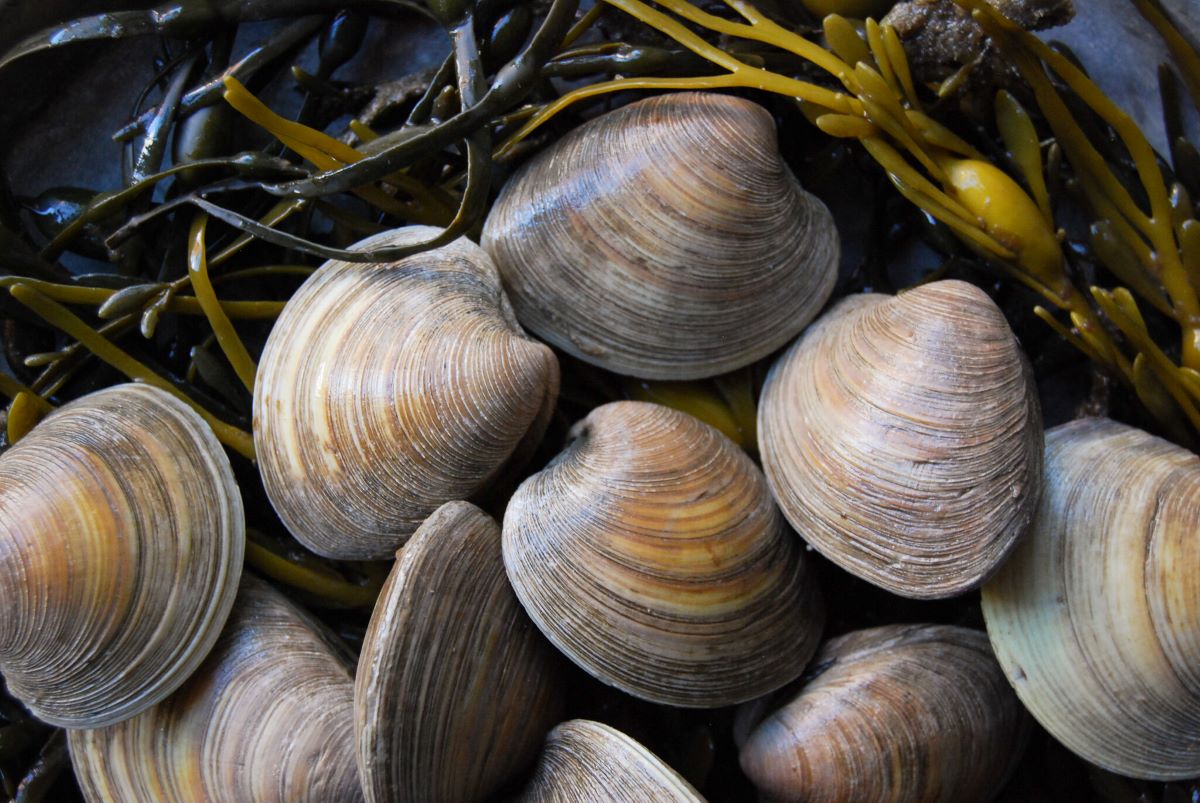
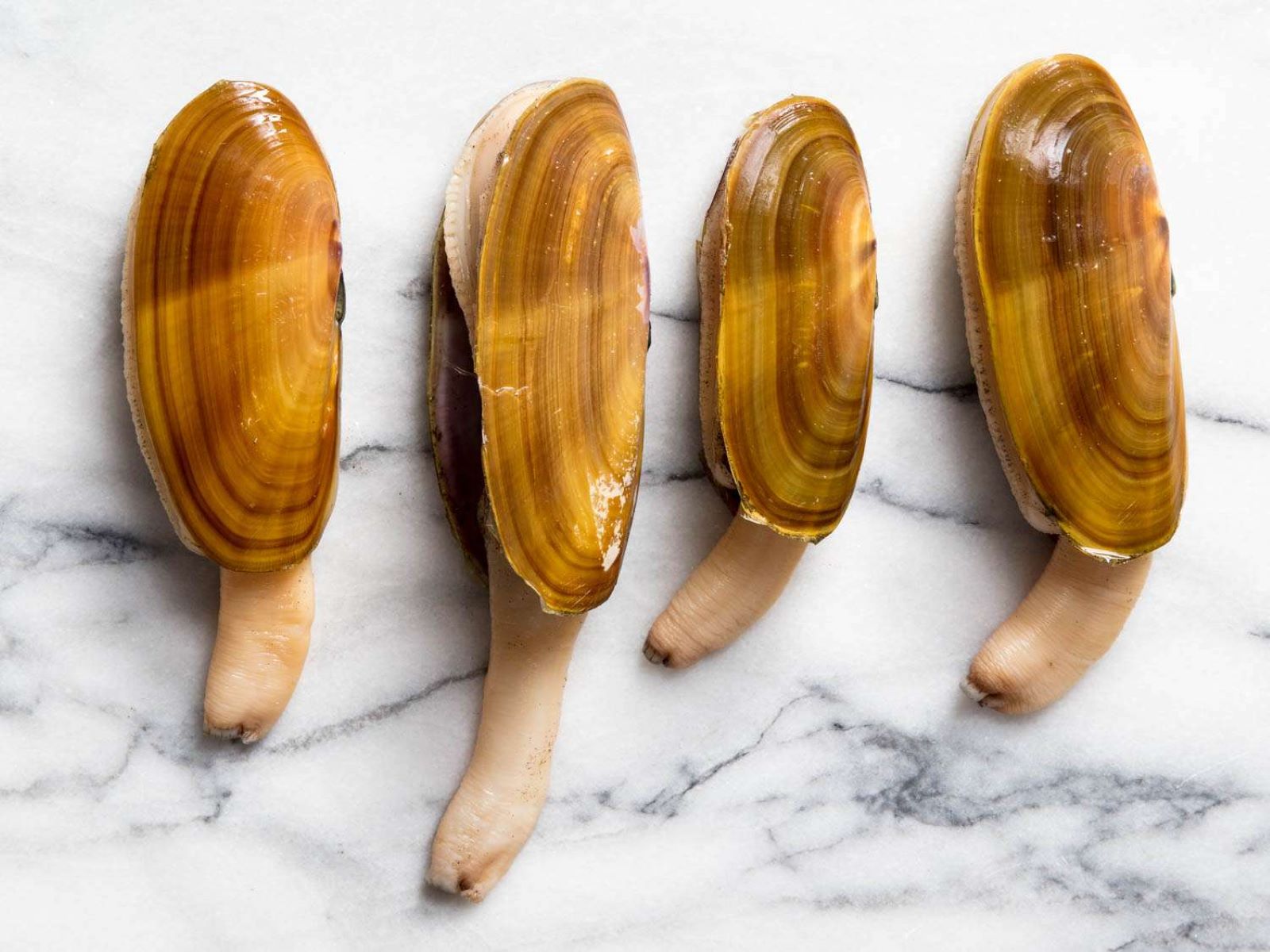
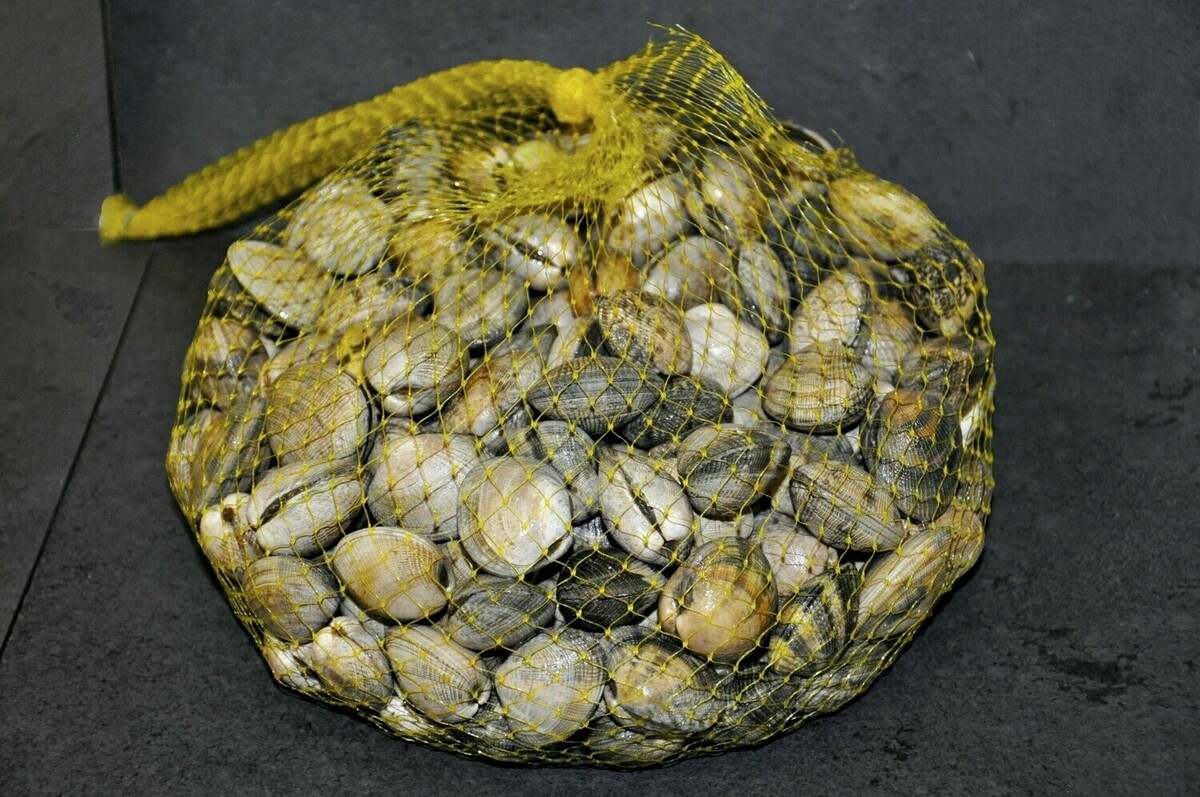
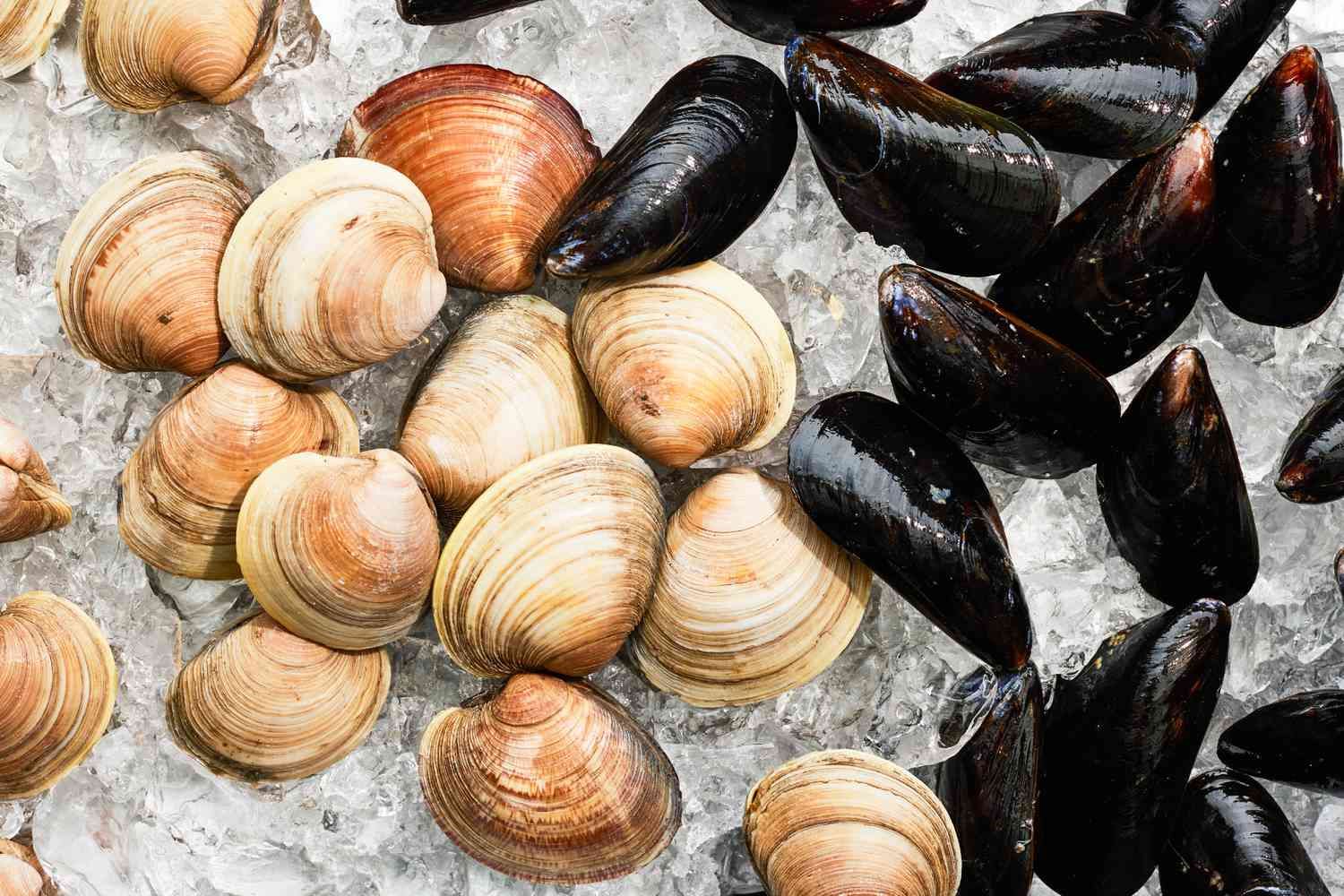
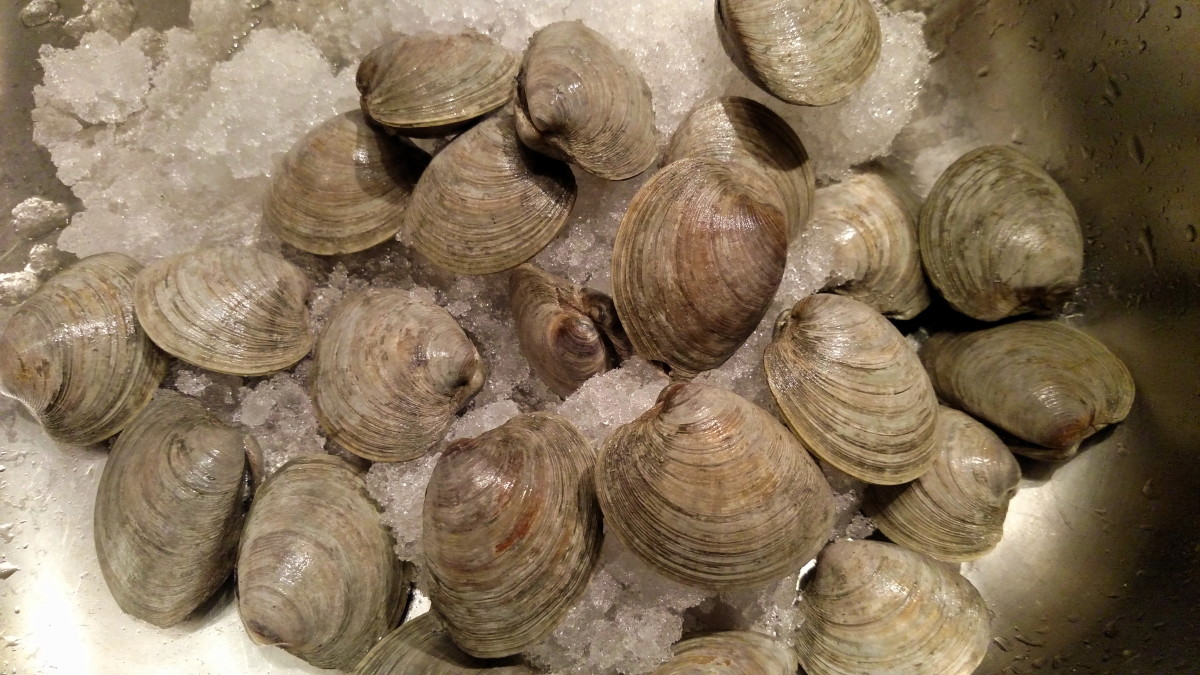
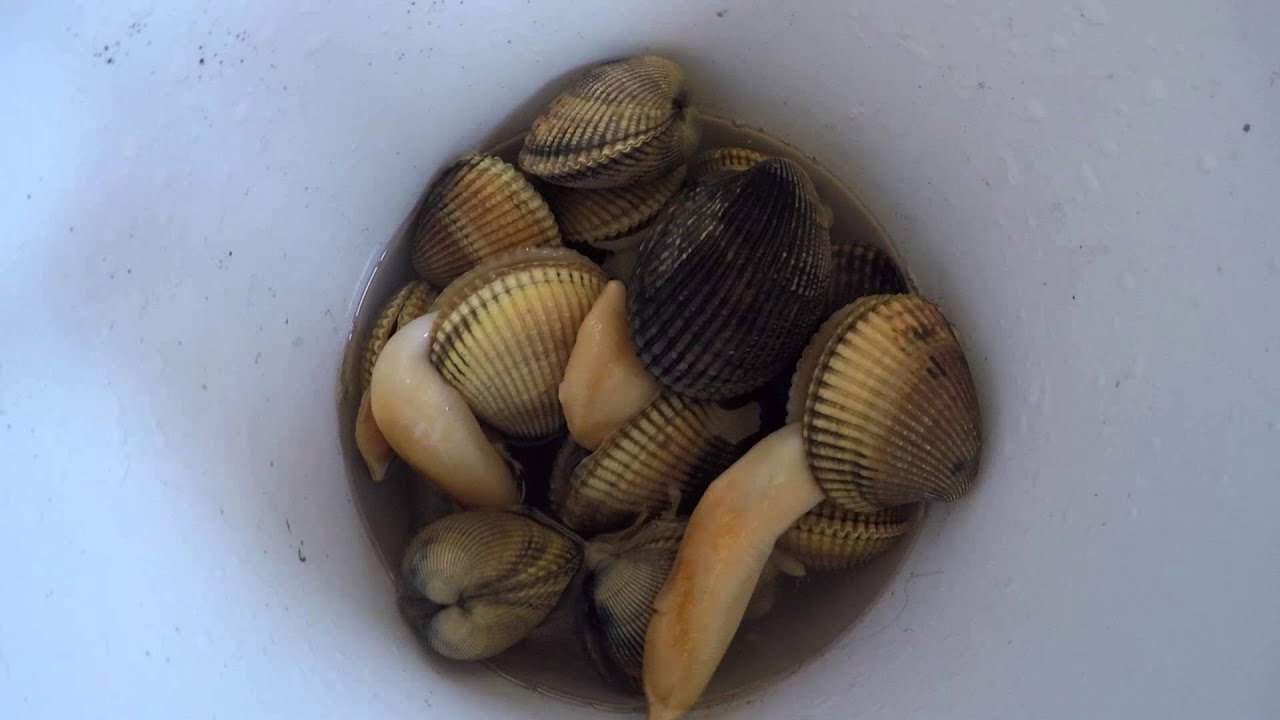
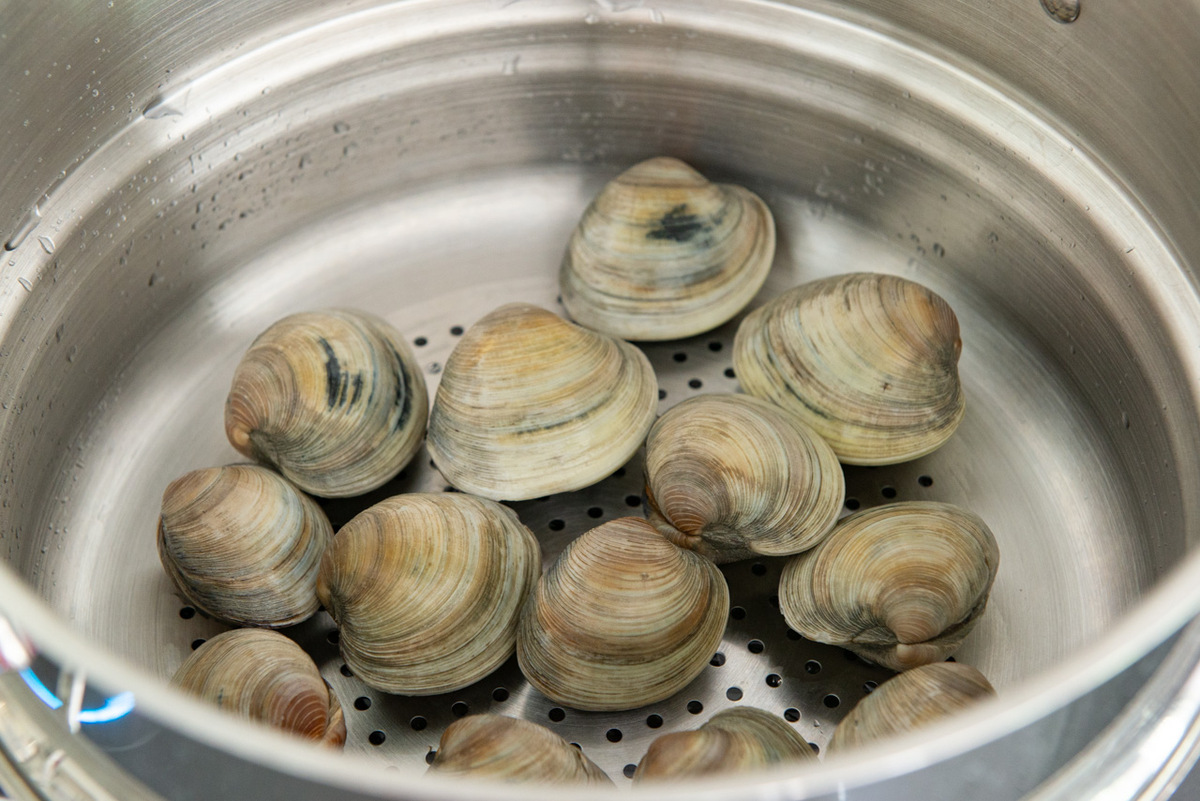
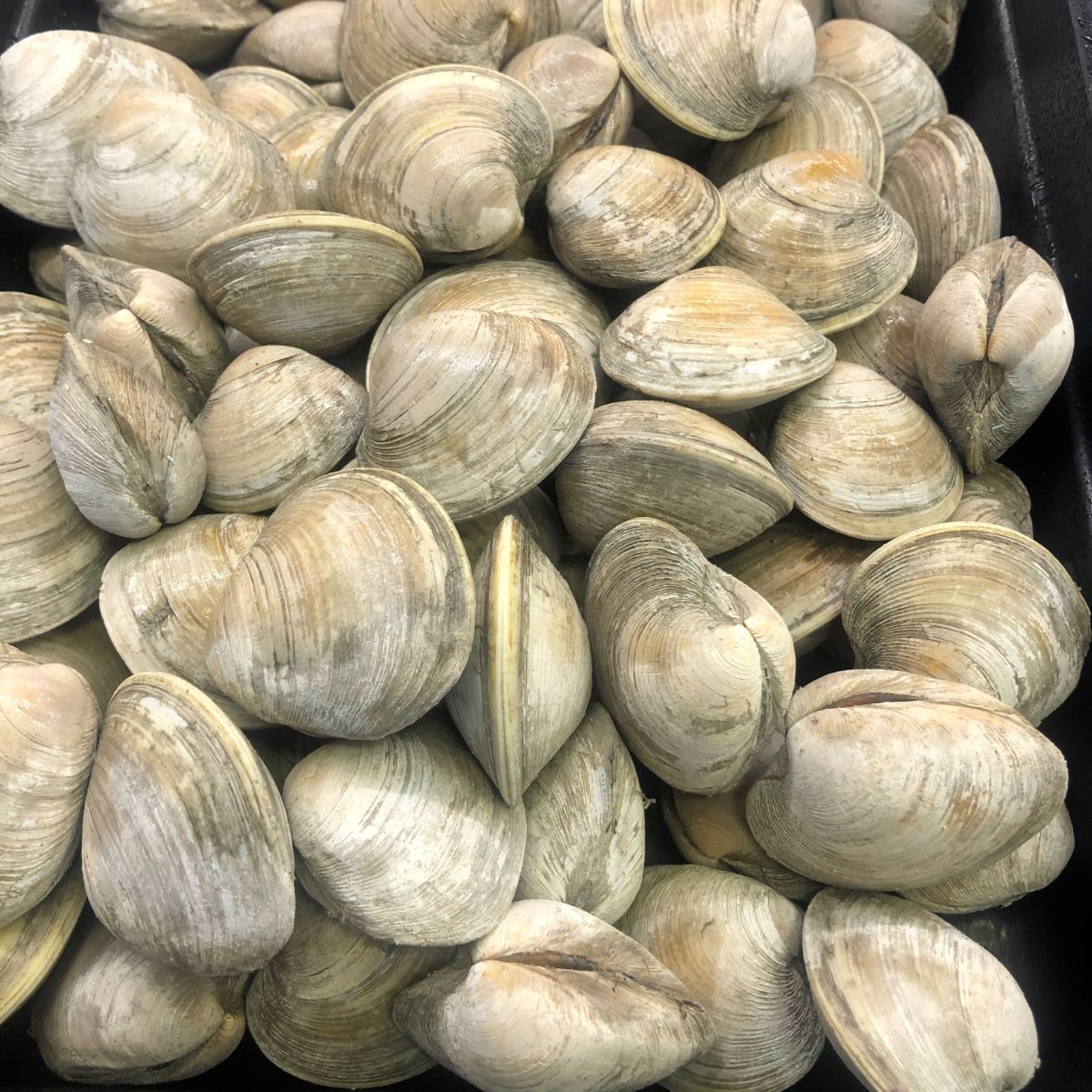
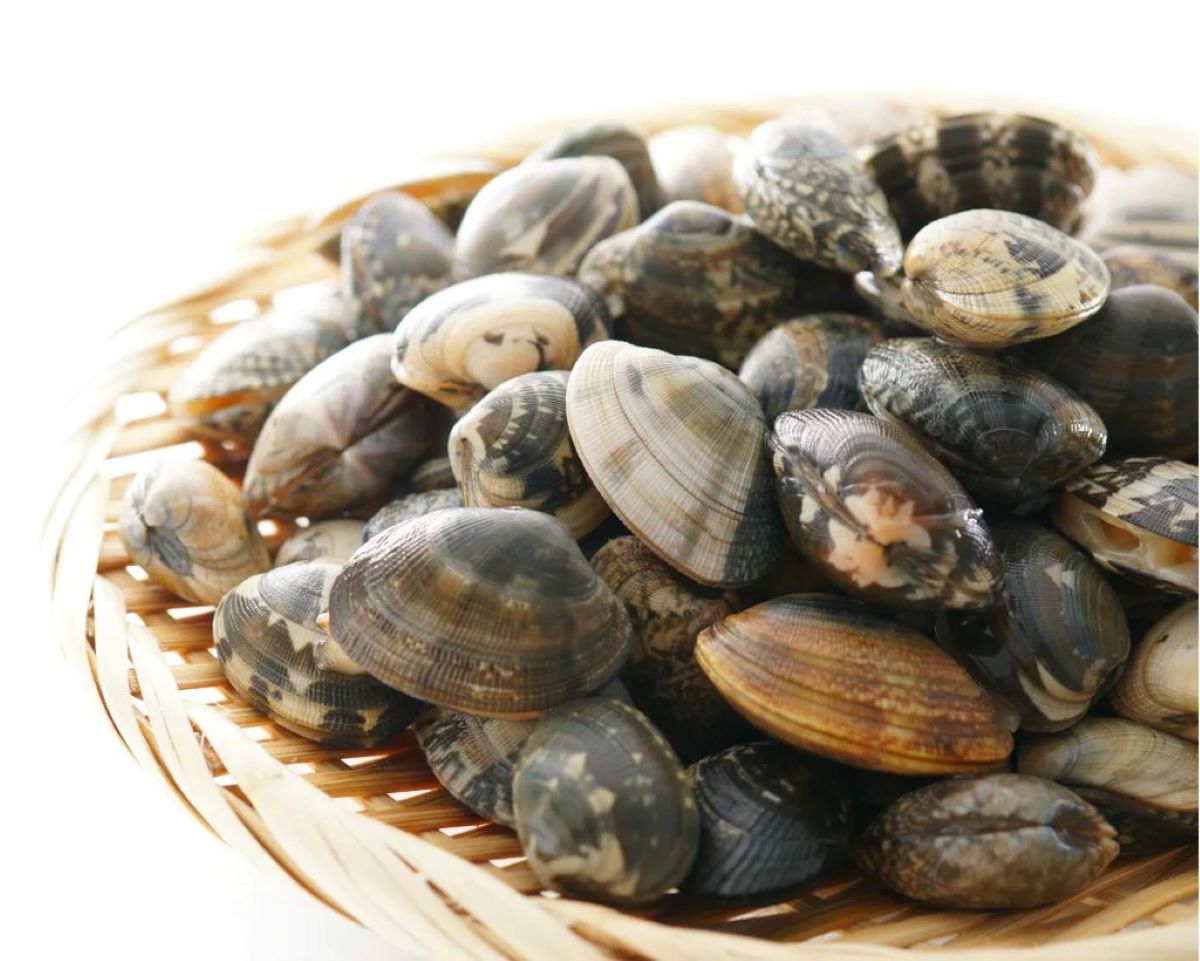
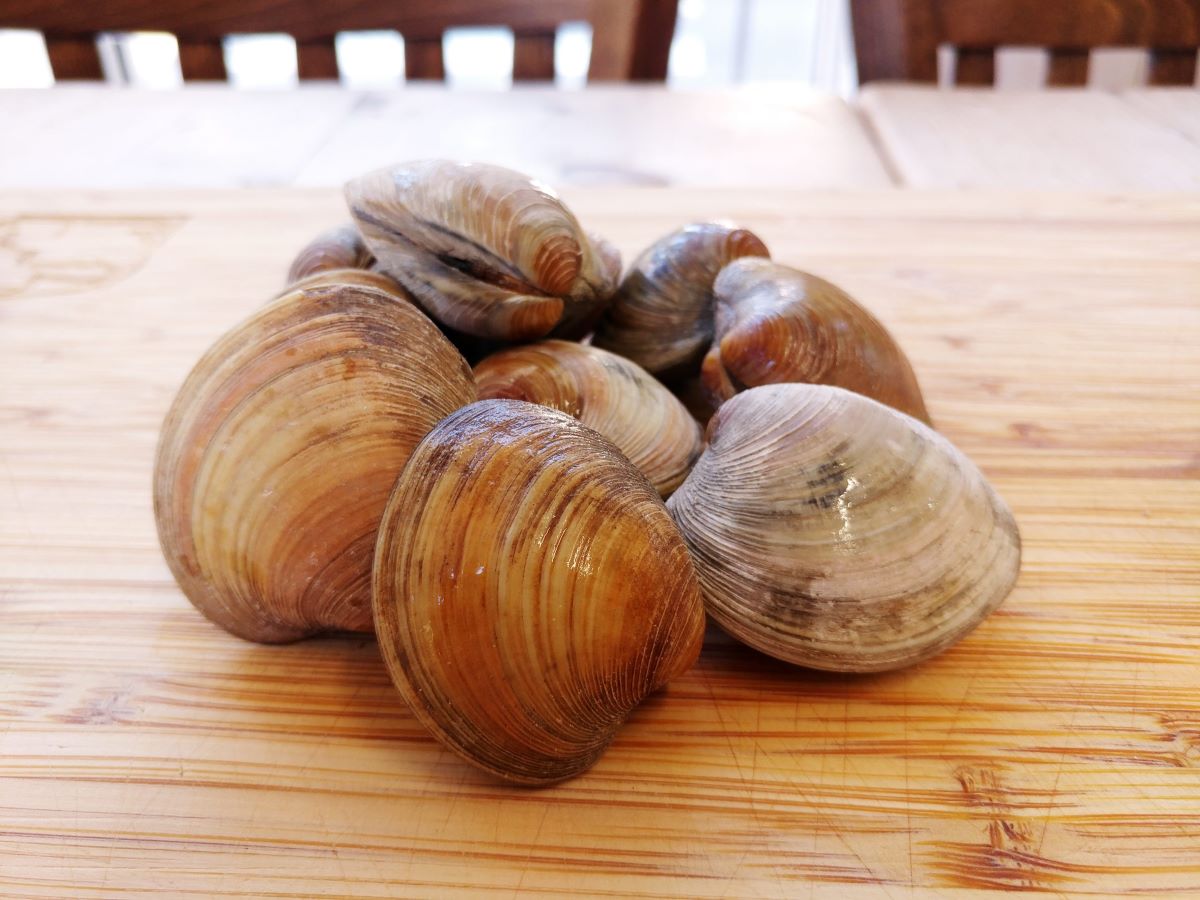
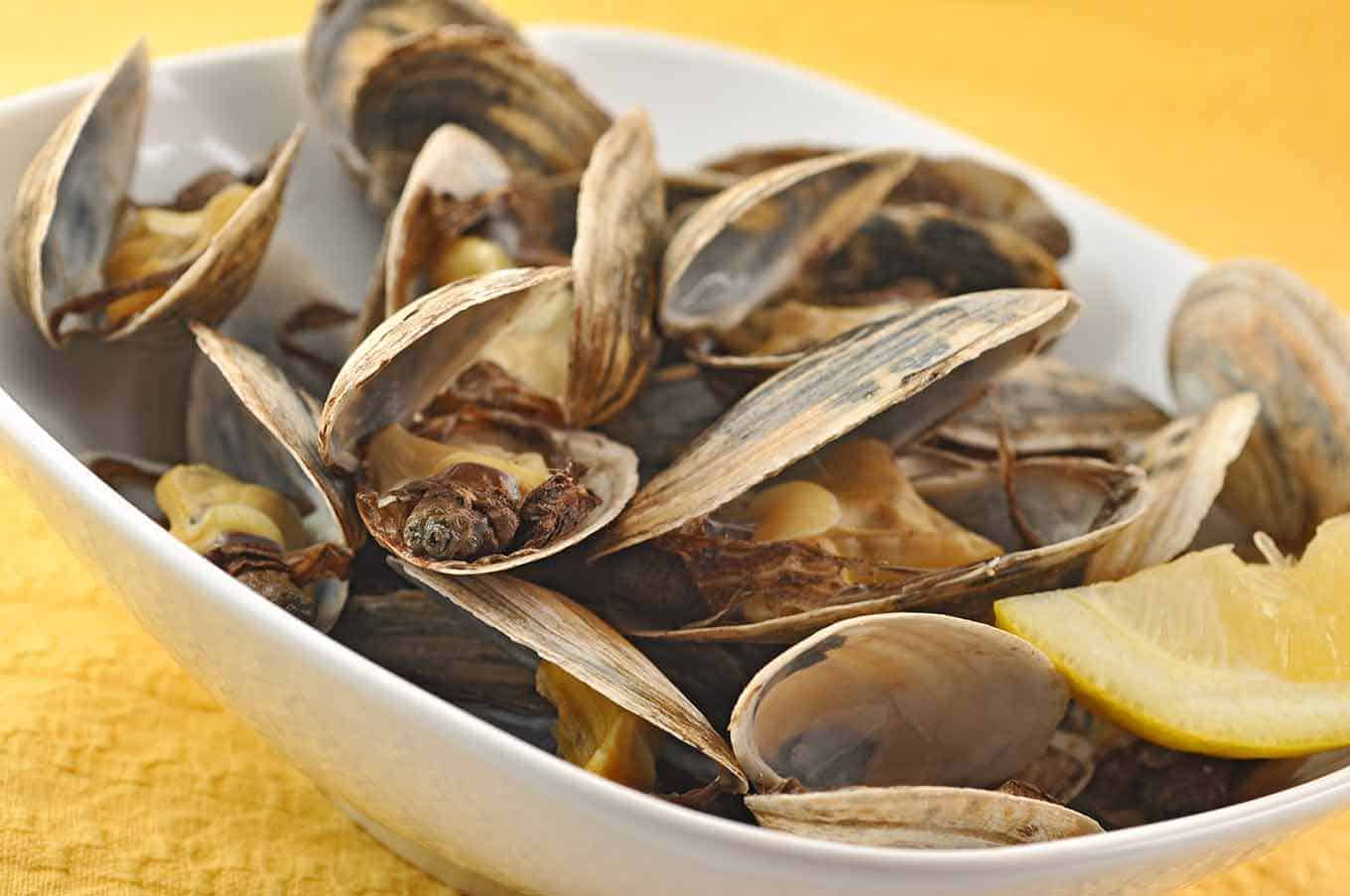
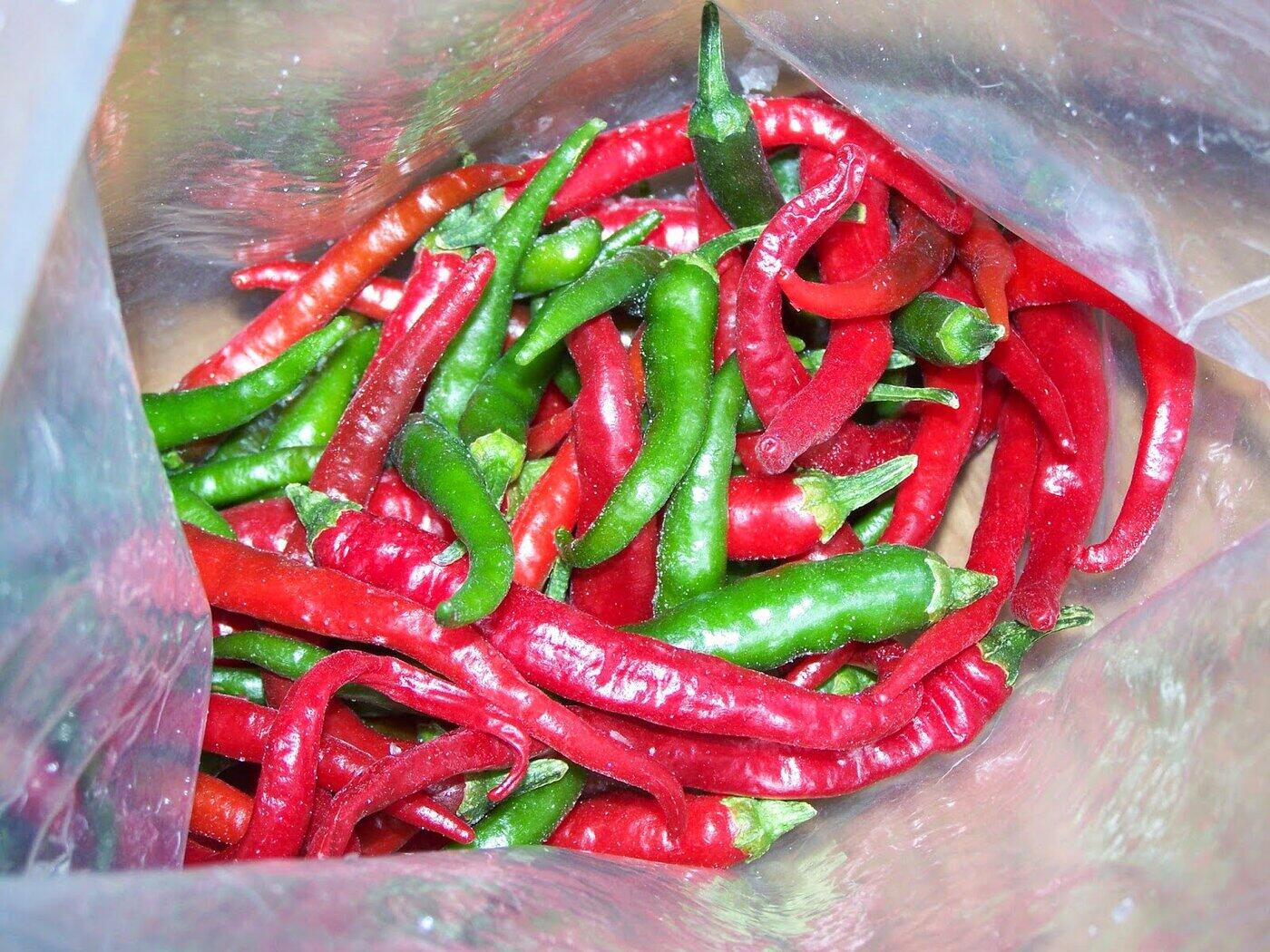
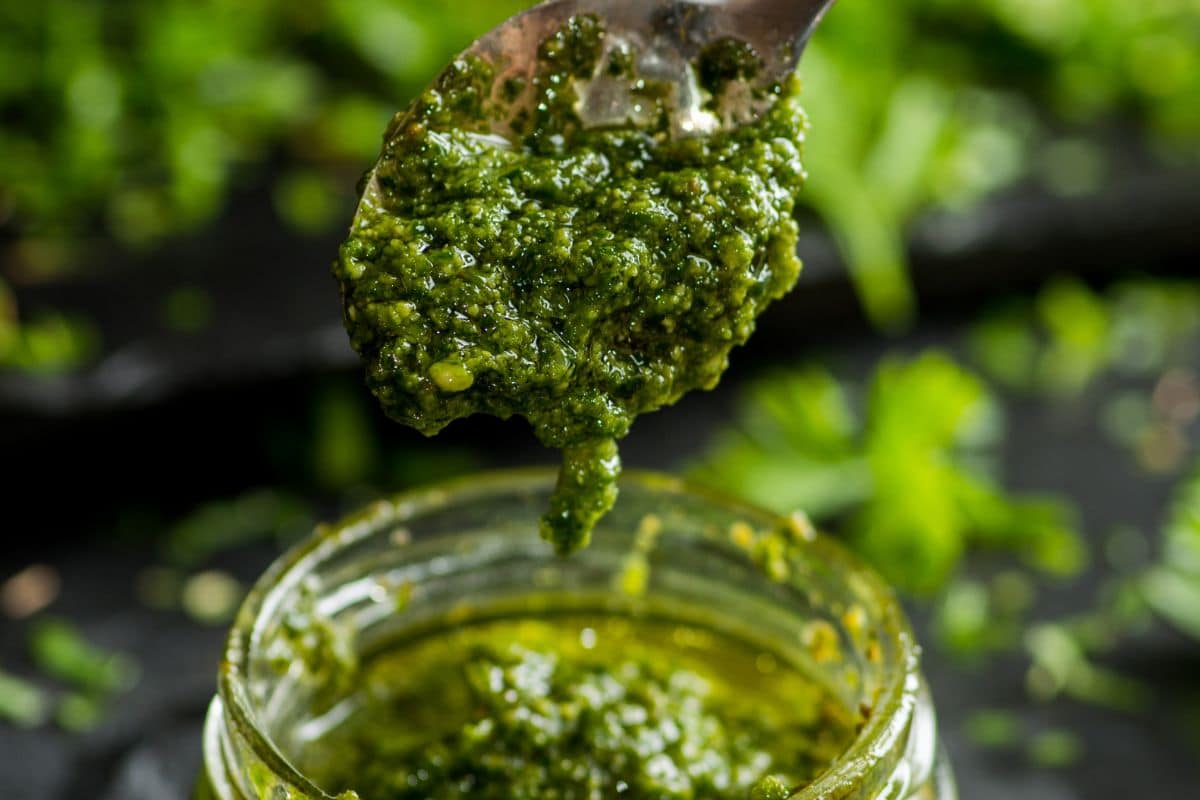
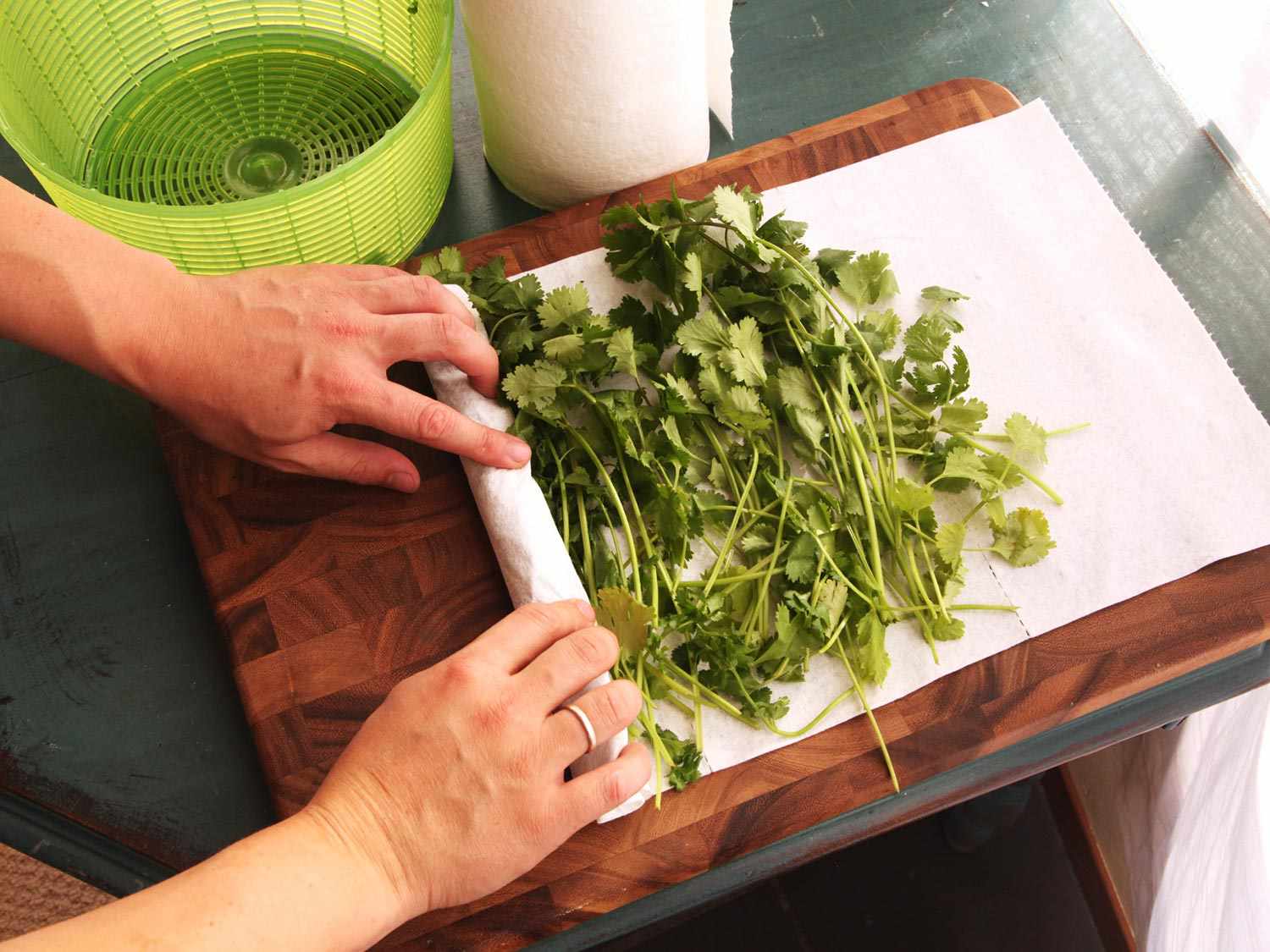

0 thoughts on “How To Store Clams In Freezer”